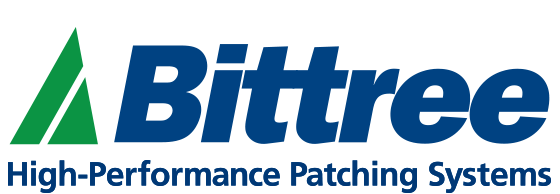Posted in patchbay
Knowing how to plan your patchbay is essential to ensuring that your studio is wired in a logical manner. Are you setting up a new studio, building a studio for the first time or a pro that normally doesn’t delve into the techy side of things? Do you need to know how to layout a patchbay from scratch for any reason? Laying out the patchbay is very important, as the bay is the nerve center of your studio. Most all of your audio signals show up here and it’s important that you place them in their proper places and proper configurations.

Modern patch bays are user configurable and naturally signal flows out from the top row the to bottom in. Keep this in mind when placing your equipment on the bay. For instance, put your #1 mic panel connection on the first jack of the top row, and #1 mic input of your console on the first jack of the bottom row directly below it. This way your #1 mic panel always is connected to input #1 of your console without having to ever patch it, since this is likely the configuration you want most of the time. If you don’t have a console, the first input of your API lunchbox will do. Remember, outputs on the top, inputs on the bottom. If this is too much to deal with, there is always a professional willing to show you how to plan your patchbay!
Step 1: Make a list of all of the available inputs and outputs you want to have patchable. Just type everything up in a text document, it doesn’t need to be in a fancy format at this point.
Step 2: Using an Excel patchbay layout template, (these can be found on the internet, such as the link below this article) fill in the names for your equipment. Step 3: Use as many sheets as you need to fit in all the equipment, keeping with the convention of output on the top and input on the bottom. Next, once you’ve decided how many bays are needed to fit in all of your connections, name your bays 1,2,3,4, etc. Name your top row A, next row B, next row C, etc. all the way down to keep a clear designation between rows. Your layout should look like this: 1A, 1B, 2A, 2B, etc. This
Step 3: Use as many sheets as you need to fit in all the equipment, keeping with the convention of output on the top and input on the bottom. Next, once you’ve decided how many bays are needed to fit in all of your connections, name your bays 1,2,3,4, etc. Name your top row A, next row B, next row C, etc. all the way down to keep a clear designation between rows. Your layout should look like this: 1A, 1B, 2A, 2B, etc. This ensures each row has a unique name and also one that when you look at it on paper, you know right where it is in the rack. When you’re done with this excel sheet, you should save it and make sure it’s always updated. This is where you are going to print out your patchbay labels when you’re done with your layout. If your template has been sized properly for your patchbay label strips, you can print them right out of Excel, cut along the lines and they should slide right onto your patchbay.
If you follow these steps, you will be able to plan your patchbay just like the pros do. Remember that planning your patchbay is one of the most important parts of the technical side of your studio and you should be sure about your layout before you commit to it. Although with Bittree’s programmable patchbays and E3 connectors you won’t have to commit to near as much as you would with a patchbay with DB-25’s or Elco 90’s.
Subscribe to our newsletter and always be the first to hear about what is happening.
© 2025 Bittree

Jack Field
Author